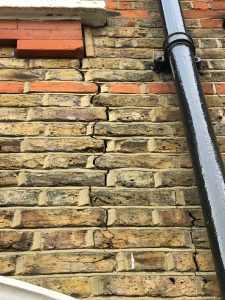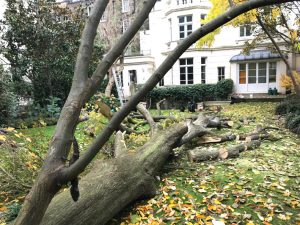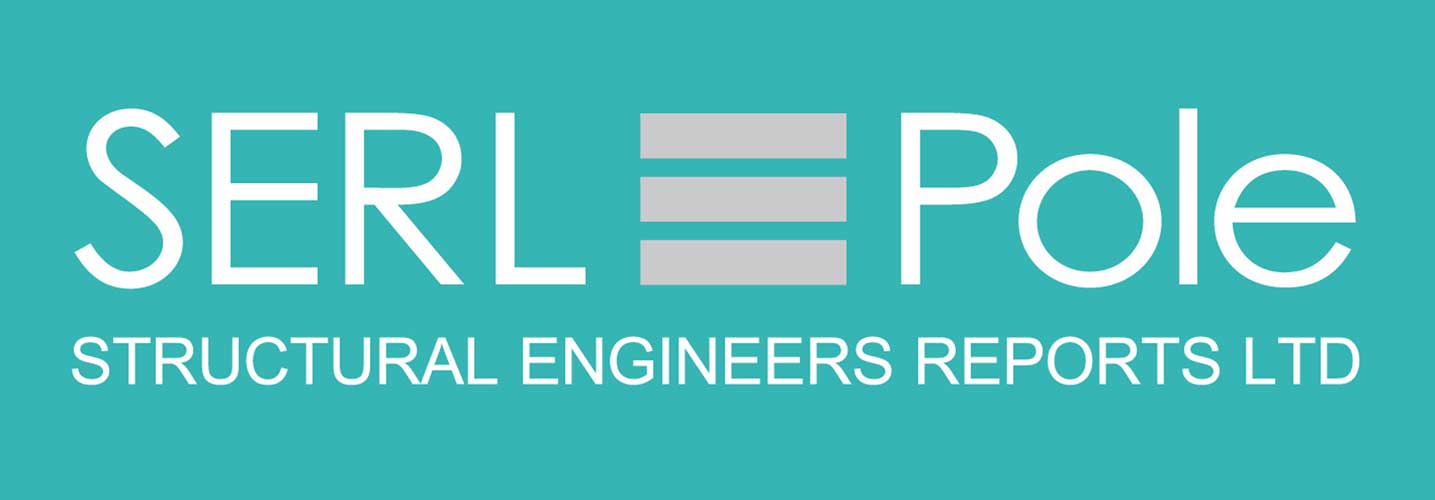
The terms settlement and subsidence can be confusing. Both describe the downward movement of a building, which results in cracks, but there are important differences, with varying outcomes.
It’s important to be able to distinguish between settlement, which is normally historic and not often a problem, and subsidence which can prove to be an ongoing problem and can stall or stop the buying or selling process if not reported properly.
What is settlement?
Settlement is a downward movement caused by the weight of a new building squashing the soil beneath it. Settlement usually occurs within the first few years after construction or many years previously in older or period properties. Once a property has been standing for about five years, settlement should be complete. This means that if there are any further signs of movement, this will probably be due to subsidence.
Modern properties and extensions, which have been built correctly, should not experience much settlement, providing the foundations comply with current building regulations and have been designed properly by a qualified chartered structural engineer. However local authorities do not always insist on future proofing foundations against foreseeable tree root growth on clay soils. So, in time some buildings might experience some form of settlement.
Settlement is not normally an “Insured Peril” under household buildings Insurance whereas subsidence usually is, but it is best to check for exclusions in your policy for clarity.
What is subsidence?
Subsidence is the downward movement of the soil beneath a property’s foundation and is independent of any weight loading. Most subsidence that occurs is minor and can be easily repaired but sometimes it can lead to more significant problems. It is the job of a structural engineer to assess the extent of the problem and the future risks involved.
What types of buildings are most affected?
All types of buildings can be affected by subsidence, both old and new. Older properties built on clay soil are particularly susceptible. This is because clay soils tend to shrink in dry weather causing the building to subside. Subsidence in properties built on sand or gravel is far less common, although they can be liable to erosion and subsidence in certain circumstances.
What causes subsidence?
The main cause of subsidence is the shrinkage of clay soil in periods of drought, normally made worse by tree roots sucking moisture from the soil. A less common cause is the washing away of fine soils, like sand and silt, when the surrounding drains are defective.
- Clay soil shrinkage
Clay soil has a high-water content, typically 30%, so drought can cause the soil to shrink and move downwards as the water dissipates and its volume reduces. This results in distortions to the building in the form of tilting and rotation with consequent cracking to brickwork and finishes.
- Poor foundations
Changes to building regulations in recent decades has ensured modern houses have greater resilience from subsidence. But period or older properties may be at greater risk because of shallower foundations and poor ground conditions.
-
 Trees
Trees
Trees growing near or beneath a property’s foundation can cause the ground to shrink and subside as their roots can extend as far as the height of the tree. Trees located in streets are usually within three to five metres of the front of many houses. Local councils often pollard these trees to reduce this risk of subsidence, which also benefits tree health.
- Defective drainage
A defective drainage system is another common cause of subsidence, especially when drainage is sited in sandy soil or other loose material such as gravel. If the drainpipes are displaced, the resulting open joints allow loose soil to be washed away leading to erosion. The subsequent gaps and loss of support beneath the foundations of buildings then causes subsidence.
How do you know if a house has subsidence?
Signs of subsidence include corresponding interior and exterior cracks, often diagonal and starting at the TOP of a wall. It is the role of a Chartered Structural Engineer to make an assessment and advise whether these small cracks can easily be repaired IF it is foreseeable that they will not continuously reoccur and become much worse over time. With a General Movement report, they can determine the nature and extent of the subsidence, advise on future risks of a recurrence of these cracks and make recommendations for repairing the damage, and an indication of the likely costs.
How can it be fixed?
The extent of repairs depends on the severity of the subsidence damage, the cause and the risks of it reoccurring if remedial actions are not taken.
Most period property experience occasional minor damage and simple cosmetic repairs could be all that is required. If large trees are involved, especially on clay soils, or if the drains have failed, on sandy loose soils, works to these trees and drains may be necessary. In extreme cases where trees cannot be controlled, either due to not owning the tree or a preservation order, for example, and where damage is severe, underpinning may be necessary involving a deepening of the foundations with concrete.
If you suspect subsidence, please contact us, we’re here to advise and help.




